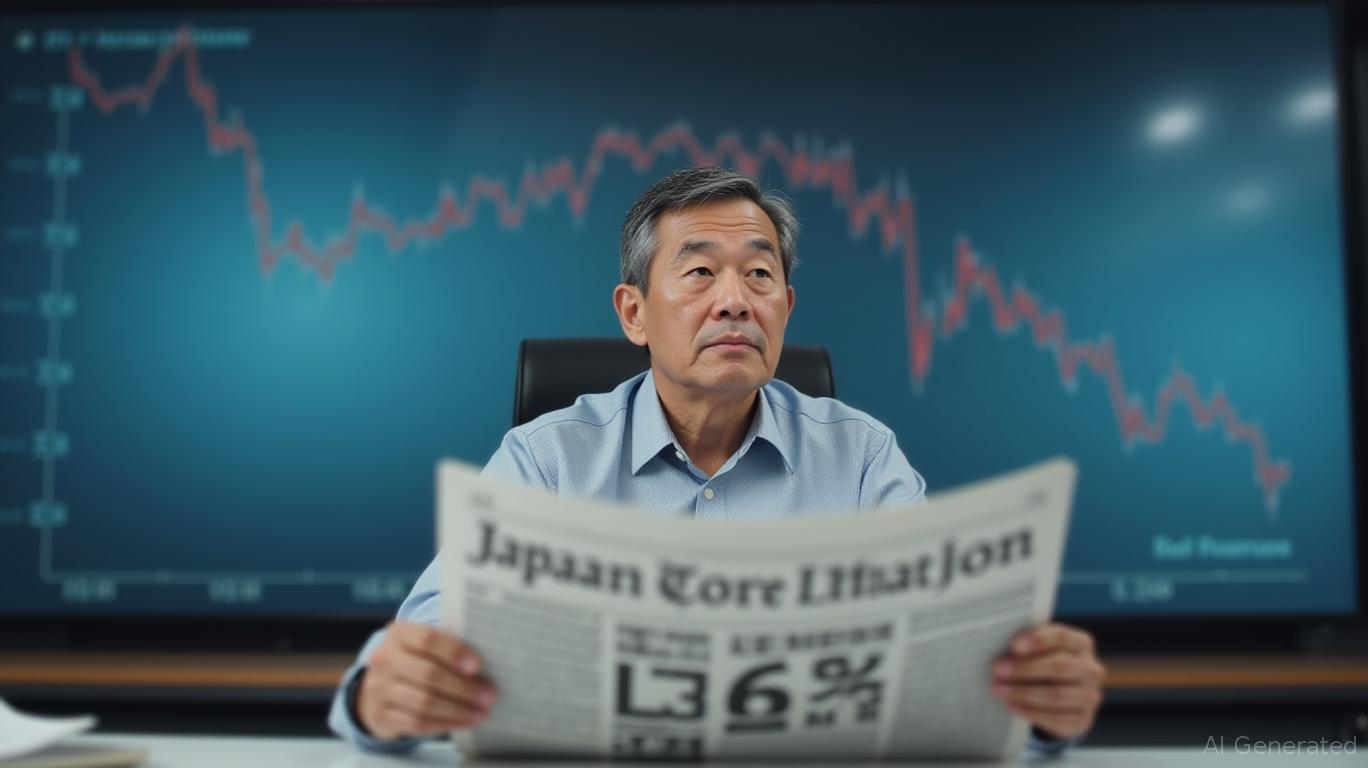Japan’s core inflation rate, which excludes fresh food, decreased to 3.3% in June, down from a 29-month high of 3.5% in May. This easing was generally in line with economists’ forecasts, providing some relief after months of elevated inflation. The headline inflation rate, which includes all categories, also fell to 3.3% from 3.5% in May. However, this marks the 39th consecutive month that inflation has surpassed the Bank of Japan’s (BOJ) 2% target.
A broader measure of inflation, known as the “core-core” rate, which excludes both fresh food and energy prices, increased to 3.4% from 3.3% the previous month. This rate is closely watched by the BOJ as an indicator of underlying inflation trends. Despite the slowdown, prices remain high compared to previous years, and the public continues to face an increasing cost of living.
One of the key drivers of recent inflation in Japan has been the price of rice, a staple in virtually every household. In May, rice prices surged by over 101.7% year-on-year, the steepest jump in over 50 years. However, this rate slowed to a 100.2% year-on-year increase in June, the first sign of a let-up in months. The government’s release of rice stockpiles earlier this year helped to cool prices by shoring up supply and dampening market speculation. Nevertheless, prices remain high, and officials warn that the effects of the 2023 harvest, which was affected by abnormal weather, are still being felt. Experts caution that a return to stable rice prices will depend on the 2025 harvest, which is still uncertain.
The Japanese economy faces additional challenges from external economic uncertainties, particularly US trade policy. The potential for additional tariffs on Japanese goods, including a 25% tariff on a broad range of products set to take effect on August 1, poses a significant threat to Japan’s economic recovery. This comes at a challenging time for Japan, which recently announced a 0.2% contraction in GDP in the first quarter of 2025, driven primarily by a steep fall in exports. The financial pressure is expected to be a significant issue ahead of next summer’s upper house elections, with voters concerned about rising prices and stagnant wages.
Some market participants are speculating about the need for interest rate increases by the BOJ, given that the headline inflation rate has been above the 2% target for over three years. However, the central bank remains cautious. According to analysts, the BOJ is unlikely to raise rates before January 2026. The BOJ Governor Kazuo Ueda is focused on inflation expectations, which remain below 2%. These expectations are crucial in determining whether inflation is genuinely embedded in the economy. The recent easing of inflation provides some encouragement that the BOJ’s policies may be having the desired effect on price stability, but the central bank will continue to monitor economic indicators closely as it works towards its goal of achieving price stability. 
